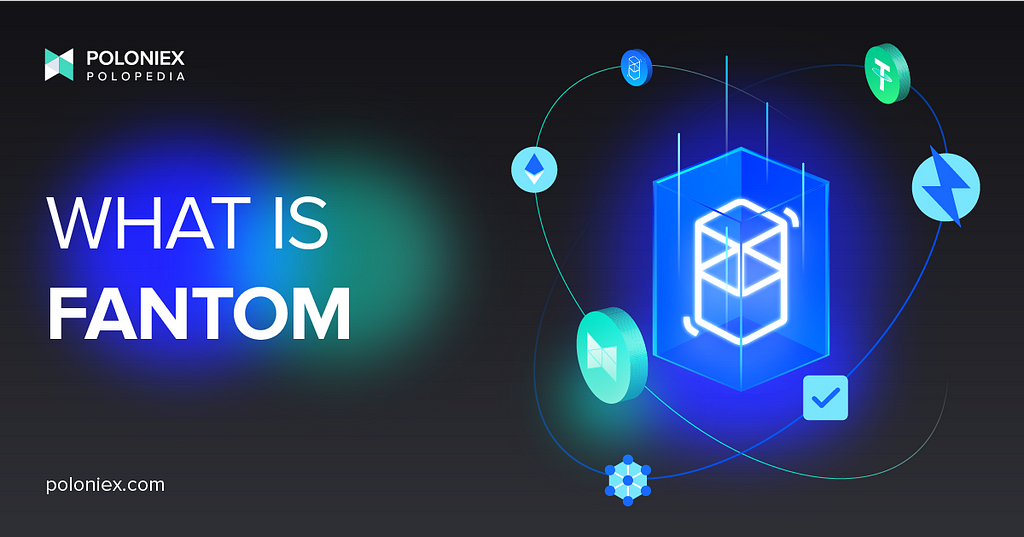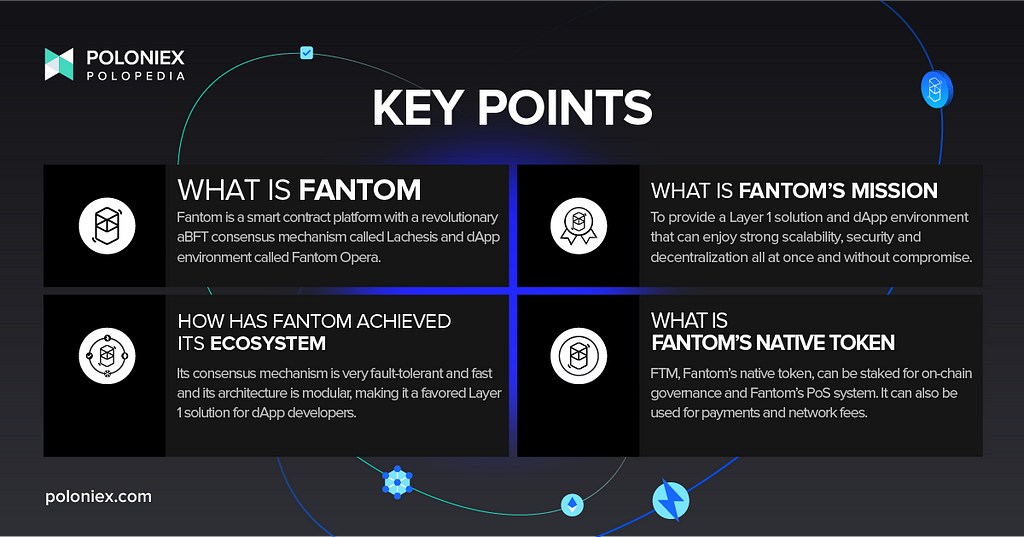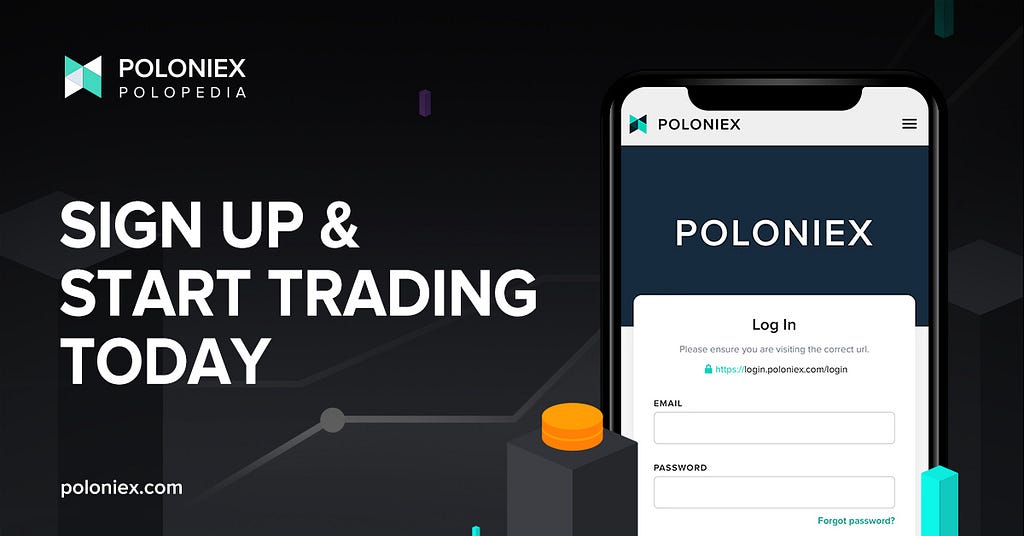Latest news about Bitcoin and all cryptocurrencies. Your daily crypto news habit.

Intro to Fantom… a bit of history
In 2018, Fantom’s founders established the company to not only provide a solid foundation on which a powerful dApp ecosystem could be built, but to solve something called the “blockchain trilemma”. This refers to the growth problem in blockchain wherein different Layer 1’s are forced to choose between security, scalability and decentralization in their architecture.
Thus, Fantom’s consensus mechanism, Lachesis, and its dApp environment called Fantom Opera, were born. Since its MainNet launch in December of 2019, this Layer 1 solution has grown into an ecosystem with a host of powerful dApps and continues to attract more developers due to its incredibly fast consensus mechanism and leaderless Proof-of-Stake protocol.
TL;DR
Fantom, founded in 2018, is a scalable and high-performance smart contract platform with EVM compatibility and a robust ecosystem of dApps, or decentralized applications, and projects.
Lachesis and Fantom Opera
Lachesis is Fantom’s consensus mechanism and powers Fantom Opera, Fantom’s dApp environment. Each product provides the means for developers to easily deploy and run dApps.
Lachesis
Lachesis is characterized by its high-speed and fast finality, making it exceptionally flexible and efficient and able to be used by any distributed ledger. What’s interesting about Lachesis is that it achieves aBFT (asynchronous Byzantine Fault Tolerance) with its consensus mechanism, meaning that the network can guarantee consensus even with a higher number of malicious nodes present and a higher message latency. This makes for a more secure, trustless, and leaderless consensus mechanism more suited to distributed ledger technology.
Fantom’s consensus model is quite powerful and may contain new concepts, so let’s go through some possibly new terms associated with their tech:
aBFT: standing for asynchronous Byzantine Fault Tolerance, this is an attribute of Lachesis that means the consensus mechanism can tolerate up to one-third of faulty or malicious nodes and still maintain integrity.
Asynchronous: nodes can process messages at different times.
Leaderless: this means that Lachesis doesn’t need any one participant to act as the “leader” in adding blocks, making the system decentralized.
Fantom Opera
This is Fantom’s environment for building dApps. Because of Fantom’s aBFT and modularity, Fantom Opera is primed for smooth scaling of the Fantom ecosystem. It is EVM (Ethereum Virtual Machine) compatible, meaning that developers that have dApps already running on Ethereum can port these applications over to the Fantom Opera MainNet.
Opera is also characterized by fast finality. In fact, Fantom claims that transactions are settled in 1 second on Opera.
Beyond this, Opera is open-source, further fostering ease-of-use for developers on its MainNet.
Interoperability in the ecosystem
Fantom’s focus is to make its technology as accessible as possible. Hence its EVM which allows for deployment of smart contracts as well as the porting of existing Ethereum dApps over to Fantom. Furthering this focus is its commitment to interoperability, which takes shape through its numerous partners such as Chainlink, Ren, and 03 Swap.
Andre Cronje departure news and response
Recent news circulating social media has surrounded the departure of Andre Cronje, a founder of multiple projects in the Fantom ecosystem and advisor to the foundation, along with his colleague Anton Nell. There was widespread coverage of the event, with a viral but now debunked and retracted article by Rekt.com being at some of the forefront of the news cycle. Andre later clarified his own announcements, maintaining the positive experience he had with the Fantom Foundation.
Online discourse contained a mixture of sympathy and frustration for the pair’s leaving, as they have left both the foundation and Defi/crypto as a whole.
Fantom released its own response to the Rekt article and online discourse. The main takeaways are the inaccuracy of much of the coverage, and the reiteration of the foundation’s communal aspect in the development of the technology that exists on its platform.
What is FTM? What can I do with FTM?
FTM is Fantom’s native token and is used for payments and network fees as well as staking for on-chain governance and securing the network through Fantom’s Proof-of-Stake system.
How to buy FTM
FTM is available to buy on multiple exchanges like Poloniex! You can acquire FTM through trading or through buying directly with your debit or credit card.
Feeling ready to get started? Sign-up is easy! Just hop on over to https://poloniex.com/signup/ to start your crypto journey🚀
What is Fantom? was originally published in The Poloniex blog on Medium, where people are continuing the conversation by highlighting and responding to this story.
Disclaimer
The views and opinions expressed in this article are solely those of the authors and do not reflect the views of Bitcoin Insider. Every investment and trading move involves risk - this is especially true for cryptocurrencies given their volatility. We strongly advise our readers to conduct their own research when making a decision.

